This new restaurant project in China re-interprets traditional Chinese landscape paintings.
March 16th, 2009
This recently opened restaurant in China’s Xuzhou plays with the site’s spatial constraints to create “unique spatial languages” and a brand identity for the dining location.
Designed by Panorama Hong Kong the project covers two floors and around 3,600 m2, and has six VIP dining rooms, a bar on the ground floor, and first-floor dining areas and even a sushi bar.
Situated in down town Xuzhou Made in Kitchen is an eatery serving contemporary Chinese cuisine – with design that incorporates the narrative elements of Chinese landscape painting – ‘scenes’, ‘flow’ and ‘hierarchy’.
The interiors allude to scenes from of traditional landscape painting such as clouds, flying birds, rocks, and other natural elements such as waterfalls and the night sky.
However, this project is far from conventional, making use of modern screens and wall panelling lit by a mixture of coloured lighting, creating interplay of light and shadow.
A cage-like stairwell in dark timber links the two floors of the restaurant. “Concealed staircase light troughs suggest a virtual experience of ascending a mountain in traditional Chinese painting,” says designer and founder of Panorama, Horace Pan.
Adhering to the Chinese definition of spatial hierarchy, the colours of Made in Kitchen change in tone from bright yellow in the ground-floor bar to dark red upstairs and changes in privacy from the open dining areas to the intimate private dining rooms.
“’Unique dining experience’ are the keywords for any successful restaurant’s business strategy. Made In Kitchen aims to move that dining experience to another cultural level,” Pan says.
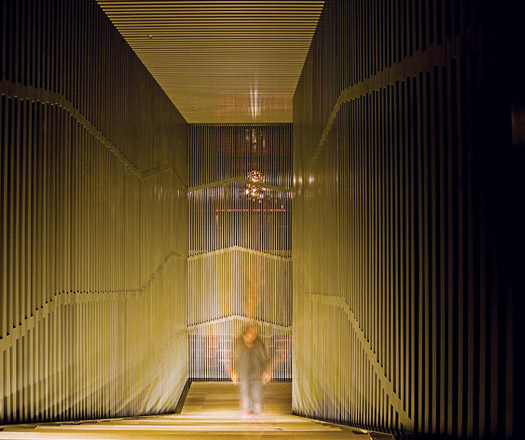


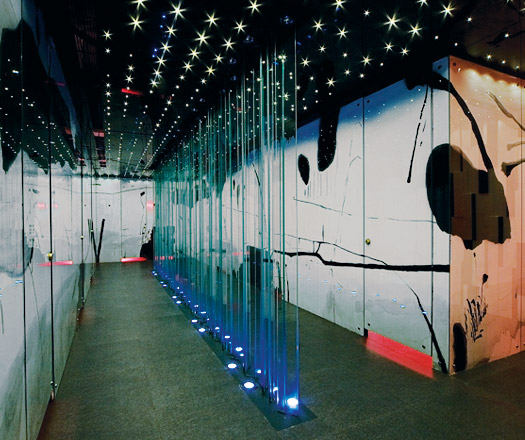
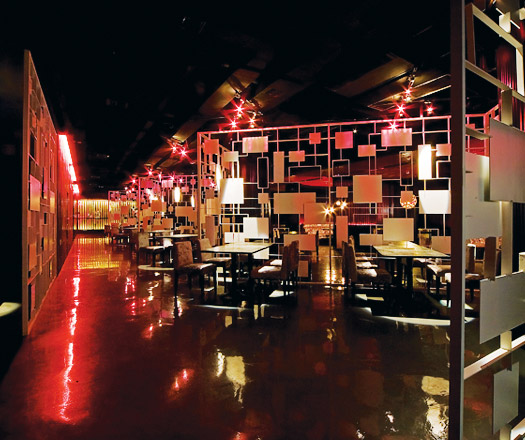
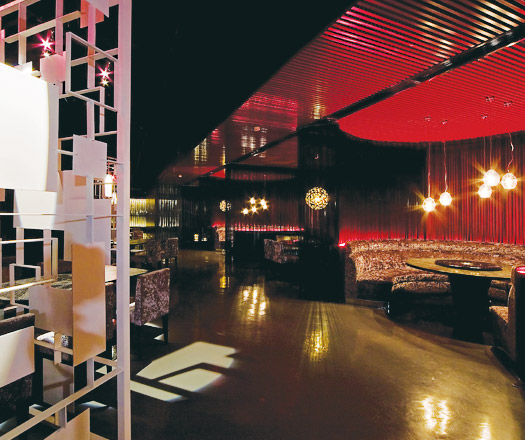
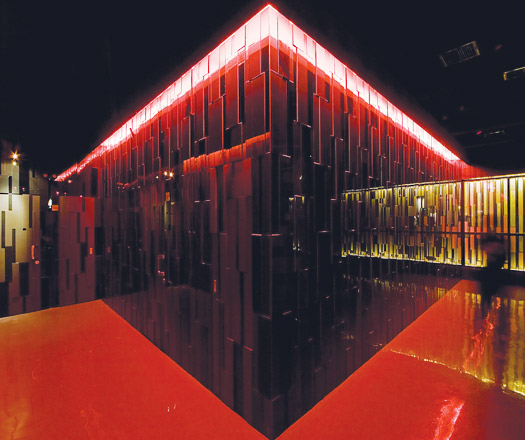
INDESIGN is on instagram
Follow @indesignlive
A searchable and comprehensive guide for specifying leading products and their suppliers
Keep up to date with the latest and greatest from our industry BFF's!

XTRA celebrates the distinctive and unexpected work of Magis in their Singapore showroom.

The Sub-Zero and Wolf Kitchen Design Contest is officially open. And the long-running competition offers Australian architects, designers and builders the chance to gain global recognition for the most technically resolved, performance-led kitchen projects.

Gaggenau’s understated appliance fuses a carefully calibrated aesthetic of deliberate subtraction with an intuitive dynamism of culinary fluidity, unveiling a delightfully unrestricted spectrum of high-performing creativity.

In this candid interview, the culinary mastermind behind Singapore’s Nouri and Appetite talks about food as an act of human connection that transcends borders and accolades, the crucial role of technology in preserving its unifying power, and finding a kindred spirit in Gaggenau’s reverence for tradition and relentless pursuit of innovation.

Far from being an exposé of Australian design in China, Elana Castle talks to creative director Lou Weis about the premise behind Broached Commissions’ first exhibition in Beijing.
The MCA’s harbourside room played host to the 2011 Bombay Sapphire Design Discovery Awards on Thursday 27 October. Media, designers, friends and family turned out to hear the winners announcement, with Henry Wilson awarded the top prize.
The internet never sleeps! Here's the stuff you might have missed

The 2025 INDE.Awards Shortlist showcases the very best architecture and design in our Indo-Pacific region.

A regional mall, residential garden, school yard and train station were all among the projects honoured at this year’s Australian Institute of Landscape Architects’ (AILA) Victorian Awards.

The Australian Passivhaus Association (APA) has released a guide outlining the process for achieving the international Passivhaus Standard, providing clarity on appropriate use of the term and the legal risks of incorrect assertions.